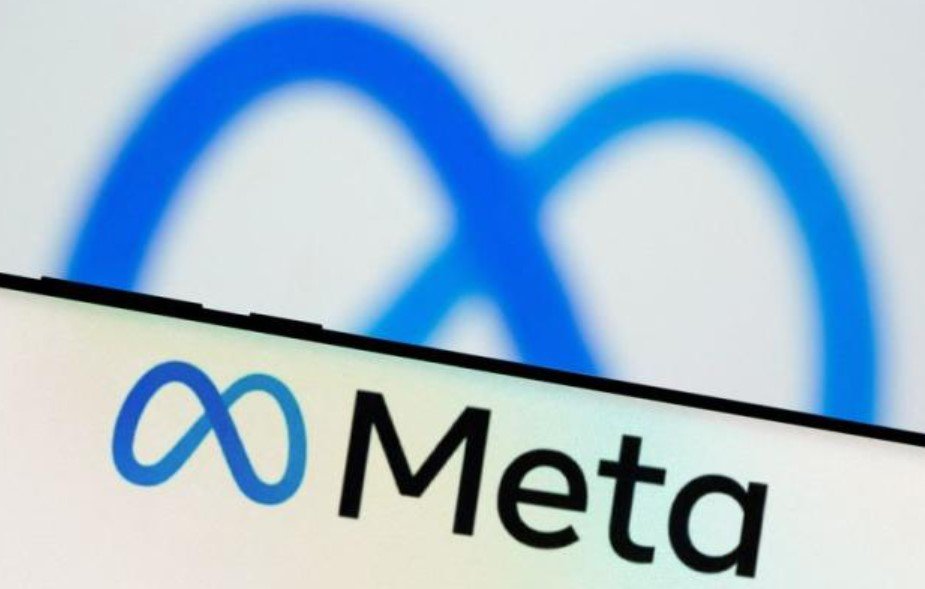Meta, the parent company of Facebook, Instagram, and WhatsApp, reported a 26% increase in ad impressions delivered across its family of apps in the first quarter of 2023. However, the average price per ad decreased by 17% year-over-year, indicating a lower demand for its ad inventory. Some analysts suggest that TikTok, the fast-growing short-video app, may have a role in Meta’s declining ad prices.
Meta’s Ad Revenue Still Growing Despite Lower Prices
Despite the lower average price per ad, Meta’s ad revenue still grew by 3% year-over-year to $28.65 billion in the first quarter of 2023. This was driven by the higher volume of ad impressions, as well as the strong performance of its e-commerce and gaming segments. Meta also benefited from the recovery of the global economy and the easing of lockdown restrictions in some regions.

Meta’s chief financial officer David Wehner said that the company expects its ad revenue growth to accelerate in the second quarter of 2023, as it faces easier comparisons with the same period last year, when the COVID-19 pandemic hit the advertising industry hard. He also said that Meta is investing in new ad formats and products, such as augmented reality ads, Reels ads, and Shops ads, to enhance its ad offerings and attract more advertisers.
TikTok’s Rapid Growth Threatens Meta’s Ad Dominance
However, Meta also faces increasing competition from TikTok, which has been growing its user base and ad revenue at a remarkable pace. According to eMarketer, TikTok’s global ad revenue is expected to reach $13.2 billion in 2023, up from $9.9 billion in 2022 and $3.88 billion in 2021. This means that TikTok’s ad revenue will grow by more than five times from 2021 to 2023.
TikTok’s popularity among younger audiences, especially Gen Z, poses a challenge for Meta, which has been struggling to retain and attract this demographic group. According to a survey by Piper Sandler, TikTok surpassed Instagram as the most preferred social media platform among US teens in 2022. TikTok also ranked higher than Instagram and Facebook in terms of user satisfaction and engagement, according to a report by App Annie.
TikTok’s appeal lies in its short-form video content, which is highly engaging and personalized for each user. TikTok also leverages its algorithm and creative tools to encourage user-generated content and viral trends. Moreover, TikTok has been expanding its social commerce capabilities, allowing users to shop directly from the app or from live-streaming sessions.
How Can Meta Compete with TikTok?
Meta is aware of TikTok’s threat and has been trying to replicate its success with its own short-video products. For example, Meta launched Reels on Instagram in 2020, which allows users to create and share 15-second videos with music and effects. Meta also introduced Shorts on Facebook in 2021, which is similar to Reels but with a longer duration of up to 60 seconds.
However, these products have not been able to match TikTok’s level of innovation and engagement. According to Sensor Tower, TikTok was the most downloaded app globally in 2022, while Reels and Shorts ranked ninth and tenth respectively. Furthermore, according to App Annie, TikTok users spent an average of 24 hours per month on the app in 2022, while Instagram users spent only 10 hours and Facebook users spent only 9 hours.
Therefore, Meta needs to do more than just copying TikTok’s features if it wants to compete effectively. Some possible strategies include:
- Fostering a more diverse and inclusive community on its platforms, as TikTok has been praised for its representation of different cultures and identities.
- Improving its content moderation and privacy practices, as TikTok has been criticized for its lack of transparency and accountability.
- Investing more in original content and partnerships with creators and influencers, as TikTok has been supporting its content ecosystem with various initiatives and programs.
- Exploring new opportunities in emerging markets and segments, such as education, health, gaming, and entertainment.
